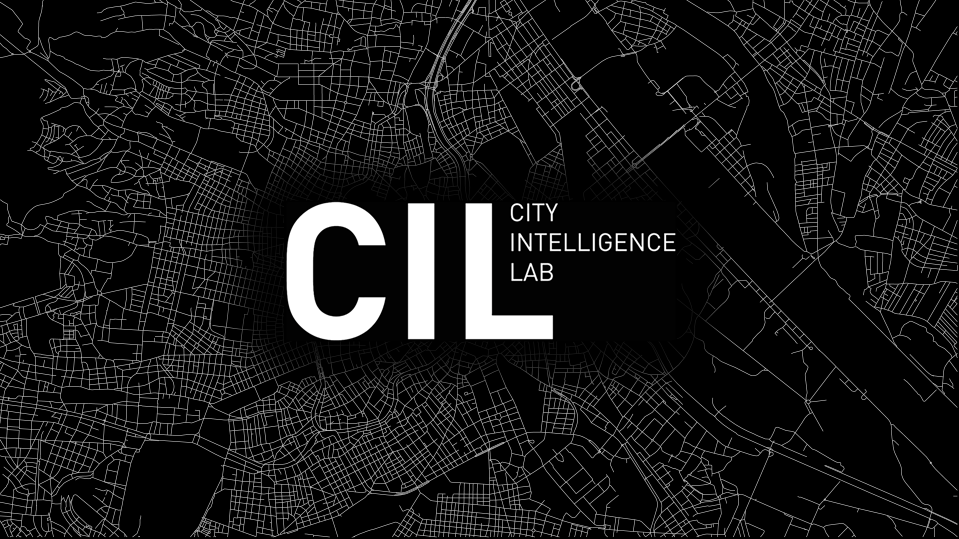NEWS

Augmented Reality
Augmented reality takes our generated parametric model “out” of the screen and “places” it within an actual physical model, here the Nordwestbahnhof in Vienna. Decision makers and collaborators can now interact with the model in a natural way, while still having the power of urban analysis and AI at hand.
We can use devices like the Microsoft HoloLens or Tablets to access the model from different parts of the world, and exchange design suggestions at the click of a button. This means that we can collaborate with clients, municipalities and other partners in real time, and globally.
Any kind of changes to the model, such as to the street network or to building density, are reflected directly to all active devices. On top of that, we can generate real-time accessibility analyses, such as walking distances to parks or retail services. The stakeholders involved can plan collaboratively and receive immediate urban analysis results.

Design Space Exploration
Given the parametric models and AI-backed simulation framework we have developed, we have algorithmically generated thousands of designs for an urban block in Vienna. In addition, we have also computed, for each solution, many metrics that a typical urban design task might include, for example density measures, space allocation and microclimate indicators.
Using a popular design space exploration tool, it is possible to then narrow down the selection of designs based on the design and planning goals that are to be achieved. In this way, designs’ performance can be compared based on quantitative metrics, and goals and requirements of different stakeholders can be easily discussed and mediated.

Parametric Model
We have created a parametric model generating urban designs for an urban block in Vienna, that is backed with a real-time Artificial Intelligence simulation framework. Every change of the design triggers real-time performance feedback of important climate simulations such as wind speed, temperature and outdoor thermal comfort levels of the block’s streets and open spaces.
We have deployed state-of-the-art deep learning models to predict design performance, allowing a seamless integration with the design workflows of built environment professionals. This intelligent parametric and simulation framework will allow us to approach a design challenge in a new way, reducing simulation times and thereby fostering collaboration between designers, stakeholders, and consultants.

City Intelligence Lab opening
The CIL opening showcased our newly developed Intelligent Framework for Resilient Design (InFraReD), encompassing cutting edge machine learning techniques, AI optimisation, interactive web interfaces and augmented reality models. The framework enables a seamless collaboration environment that provides real time performance feedback to designers, municipalities, consultants, planners and all other stakeholders of the planning process.
We backed our framework with a large simulation database produced in the lab, allowing us to train neural networks to instantly predict performance parameters of a design, such as wind, solar radiation and thermal comfort. In this way, the framework provides immediate responses to design problems. Using the artificial intelligence capabilities of our models, a vast exploration of design alternatives can be performed in real time. Different design parameters and performance objectives can be negotiated in a fast, comprehensive and intelligent way.
